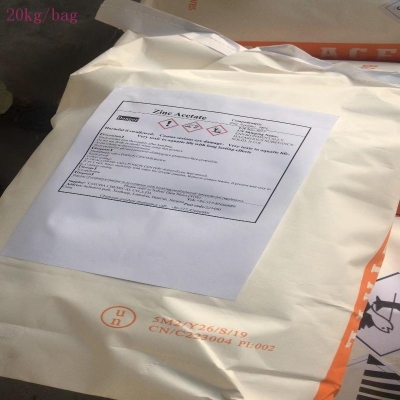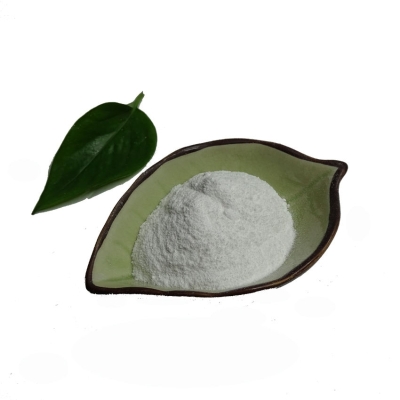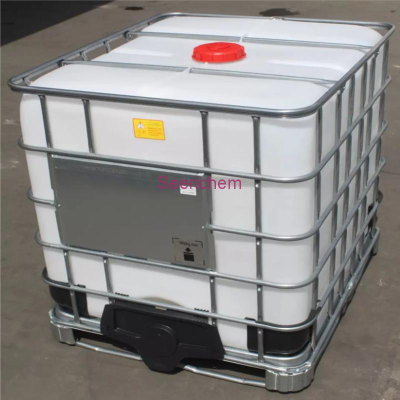-
Categories
-
Pharmaceutical Intermediates
-
Active Pharmaceutical Ingredients
-
Food Additives
- Industrial Coatings
- Agrochemicals
- Dyes and Pigments
- Surfactant
- Flavors and Fragrances
- Chemical Reagents
- Catalyst and Auxiliary
- Natural Products
- Inorganic Chemistry
-
Organic Chemistry
-
Biochemical Engineering
- Analytical Chemistry
-
Cosmetic Ingredient
- Water Treatment Chemical
-
Pharmaceutical Intermediates
Promotion
ECHEMI Mall
Wholesale
Weekly Price
Exhibition
News
-
Trade Service
Canada Potash and Jiayang have reached a merger agreement, only to obtain approval from the regulators, shareholders and Canadian courts.
After the merger of the two companies, through the integration of distribution and retail business, annual operating costs can be reduced by 500 million US dollars.
? This move will balance the retail business of potash, nitrogen and phosphate fertilizers of the two companies.
After the merger, potash will account for 35% of the new company's pre-interest and tax income, which is a decrease from the 51% of the new company from 2013 to 2015.
; Nitrogen fertilizer will account for 34% of the new company's pre-interest and tax income, and phosphate fertilizer will account for 12%.
Many people think that this move is a defensive measure, a countermeasure to the decline of potash fertilizer prices in the next ten years, and can also alleviate the imbalance between the global supply and demand market.
? If there are regulatory issues, it may only come from the US government, because the North American Potash Sales Alliance will only supply markets outside the US in the future, and the US can also choose other potash suppliers.
The shareholders of the two companies will vote on November 3.
Once approved, the merger will be completed in mid-2017.
After the merger of the two companies, through the integration of distribution and retail business, annual operating costs can be reduced by 500 million US dollars.
? This move will balance the retail business of potash, nitrogen and phosphate fertilizers of the two companies.
After the merger, potash will account for 35% of the new company's pre-interest and tax income, which is a decrease from the 51% of the new company from 2013 to 2015.
; Nitrogen fertilizer will account for 34% of the new company's pre-interest and tax income, and phosphate fertilizer will account for 12%.
Many people think that this move is a defensive measure, a countermeasure to the decline of potash fertilizer prices in the next ten years, and can also alleviate the imbalance between the global supply and demand market.
? If there are regulatory issues, it may only come from the US government, because the North American Potash Sales Alliance will only supply markets outside the US in the future, and the US can also choose other potash suppliers.
The shareholders of the two companies will vote on November 3.
Once approved, the merger will be completed in mid-2017.







